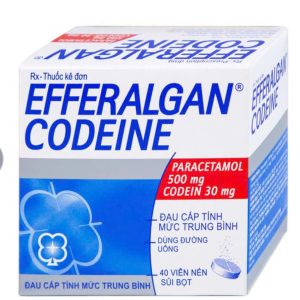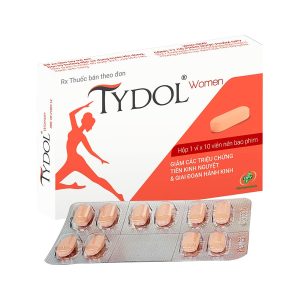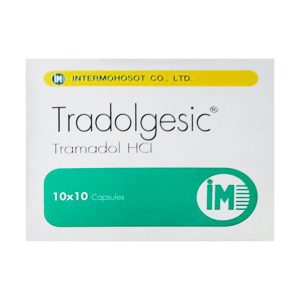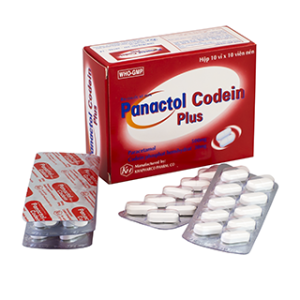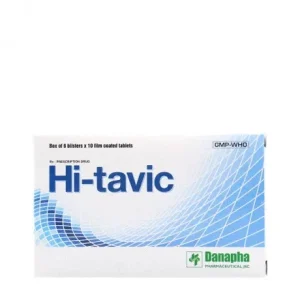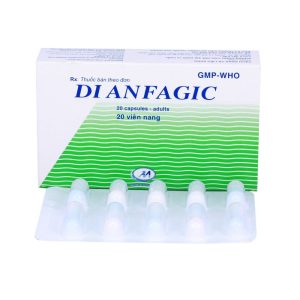We deliver to you every day from 7:00 to 23:00
The best discounts this week
Every week you can find the best discounts here.
Painkiller Prices: Understanding Cost, Accessibility, and Value
Pain relief is essential for many individuals suffering from various types of pain, such as headaches, back pain, or joint discomfort. With so many painkillers available on the market, it can be overwhelming to figure out what the best option is for both cost and effectiveness. In this article, we will explore painkiller prices, the factors that affect them, and how to make sure you’re getting the best value for your money.
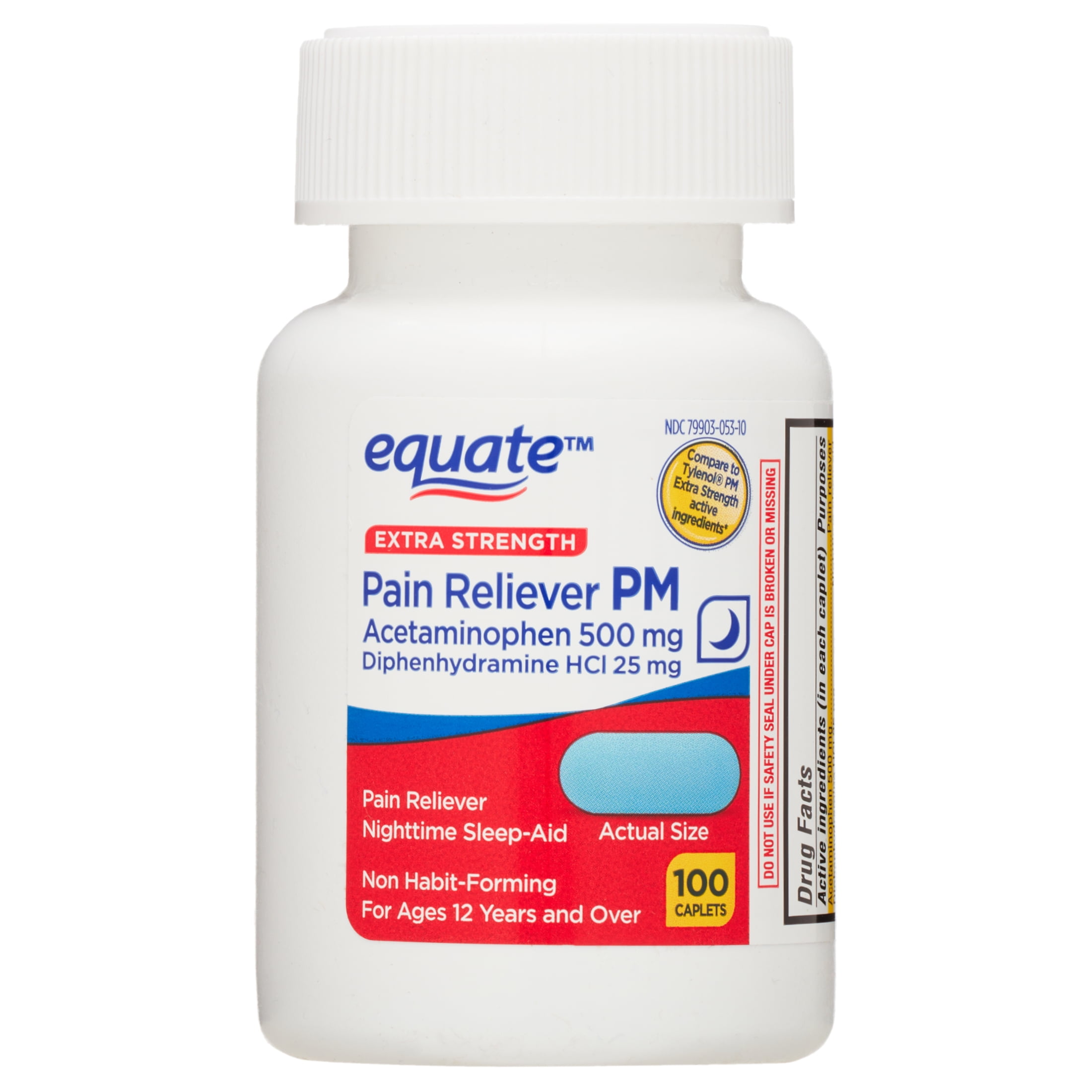
Factors That Affect Painkiller Prices
The price of painkillers varies significantly based on several factors. Understanding these factors can help you choose the right option while staying within your budget.
1. Brand vs Generic Painkillers
The most significant factor in determining painkiller prices is whether you choose a brand-name or generic medication. Generic painkillers are often a more affordable alternative to their brand-name counterparts, offering the same active ingredients and effectiveness. However, brand-name medications can be significantly more expensive due to advertising, marketing, and research costs.
-
Brand-name painkillers often have a higher price tag, but they may also come with additional services such as customer support or special formulations.
-
Generic painkillers, on the other hand, provide the same pain relief without the premium price.
2. Prescription vs Over-the-Counter (OTC)
The type of painkiller – prescription or over-the-counter (OTC) – plays a significant role in its price. OTC painkillers like acetaminophen (Tylenol), ibuprofen (Advil), and aspirin tend to be cheaper because they don’t require a doctor’s prescription. These medications can be found in most pharmacies at relatively low prices.
On the other hand, prescription painkillers like opioids or muscle relaxants usually come at a much higher cost because they are stronger and often used for more intense pain. Many of these medications also come with additional costs, such as doctor’s visits and insurance co-pays.
3. Type of Painkiller
Painkillers can be categorized into two primary types: NSAIDs (Nonsteroidal Anti-Inflammatory Drugs) and analgesics.
-
NSAIDs, such as ibuprofen and naproxen, are typically more affordable and effective for conditions like arthritis and muscle pain.
-
Analgesics, like acetaminophen (Tylenol), focus on reducing pain without affecting inflammation. They are often priced moderately but are widely used for headaches, fevers, and minor aches.
4. Location and Store
The price of painkillers can vary based on where you purchase them. Major pharmacies like CVS, Walgreens, and Walmart often offer competitive prices, but prices may fluctuate based on location. Online retailers like Amazon may provide lower prices, especially when you buy in bulk. Additionally, discount drugstores or warehouse clubs like Costco often sell painkillers at lower prices compared to standard pharmacies.

Comparing Prices of Common Painkillers
Here is a breakdown of the average prices of some of the most commonly used painkillers, both brand-name and generic.
1. Acetaminophen (Tylenol)
-
Brand-name: Around $5 to $12 for a 100-count bottle.
-
Generic: Around $2 to $6 for a 100-count bottle.
2. Ibuprofen (Advil)
-
Brand-name: Around $6 to $15 for a 200-count bottle.
-
Generic: Around $3 to $8 for a 200-count bottle.
3. Aspirin (Bayer)
-
Brand-name: Around $4 to $12 for a 100-count bottle.
-
Generic: Around $2 to $6 for a 100-count bottle.
4. Naproxen (Aleve)
-
Brand-name: Around $6 to $15 for a 100-count bottle.
-
Generic: Around $3 to $8 for a 100-count bottle.
5. Tramadol (Ultram)
-
Brand-name: Around $50 to $150 for a 30-count prescription.
-
Generic: Around $20 to $50 for a 30-count prescription.
6. Oxycodone (Percocet)
-
Brand-name: Around $200 to $500 for a 30-count prescription.
-
Generic: Around $50 to $150 for a 30-count prescription.
7. Diclofenac (Voltaren)
-
Brand-name: Around $25 to $50 for a 100-count bottle.
-
Generic: Around $10 to $20 for a 100-count bottle.
8. Topical Pain Relief
Topical treatments like cream or gels (e.g., IcyHot or Biofreeze) vary greatly based on the brand. These products usually range between $5 to $20 for a small tube or roll-on.
How to Find the Best Deals on Painkillers
To get the most value for your money when buying painkillers, follow these tips:
-
Look for generic options: Generic drugs offer the same benefits as brand-name medications at a fraction of the cost.
-
Compare prices: Use price-comparison websites or apps to check the prices of painkillers across different stores.
-
Use manufacturer coupons: Some manufacturers offer coupons for discounts on both generic and brand-name medications.
-
Consider buying in bulk: Purchasing larger quantities can save you money in the long run, especially for over-the-counter medications.
-
Check for insurance coverage: If you have insurance, make sure your pain medication is covered under your plan. Insurance can often make prescription painkillers much more affordable.
The Role of Insurance in Painkiller Prices
If you’re on prescription painkillers, insurance can significantly impact your overall costs. Depending on your insurance plan, the co-pays for prescription medications can vary widely. Some insurance plans may cover generic pain relievers completely, while others may only cover a percentage of brand-name drugs.
To get the most out of your insurance, always check if your medication is on your plan’s formulary, and ask your doctor for a generic alternative if possible.
Are Painkillers Worth the Price?
Ultimately, the cost of painkillers is just one factor to consider when managing your pain. It’s important to weigh the price against the effectiveness, side effects, and long-term impact of the medication. Generic painkillers are often just as effective as their brand-name counterparts, but always consult with a healthcare provider to ensure you’re choosing the right medication for your specific needs.
FAQs About Painkiller Prices
1. Why are generic painkillers cheaper than brand-name ones?
Generic painkillers are less expensive because they don’t have the same marketing, development, and branding costs as brand-name drugs.
2. Are there any risks to using generic painkillers?
No, generic painkillers are just as safe and effective as brand-name versions, as long as they meet FDA standards.
3. Can I use insurance to reduce the cost of painkillers?
Yes, insurance can help reduce the cost of prescription painkillers, but it may not cover OTC medications.
4. How do I know which painkiller is right for me?
Choosing the right painkiller depends on the type of pain you’re experiencing. For more serious pain, like surgery recovery, you might need a stronger option like tramadol. For minor aches, acetaminophen or ibuprofen might be enough.
Conclusion
When it comes to painkiller prices, there are plenty of options to suit your budget and needs. From over-the-counter medications to prescription options, understanding the factors that affect prices and knowing where to buy them can save you money. Remember, generic painkillers are a highly affordable option that can provide effective relief without the premium price tag.
Always consult with your healthcare provider to ensure you’re using the right pain medication for your condition and lifestyle.

